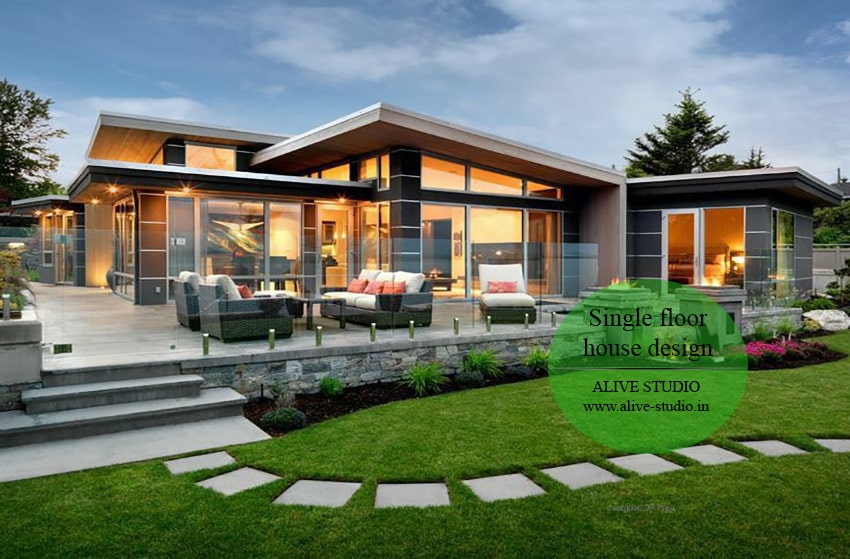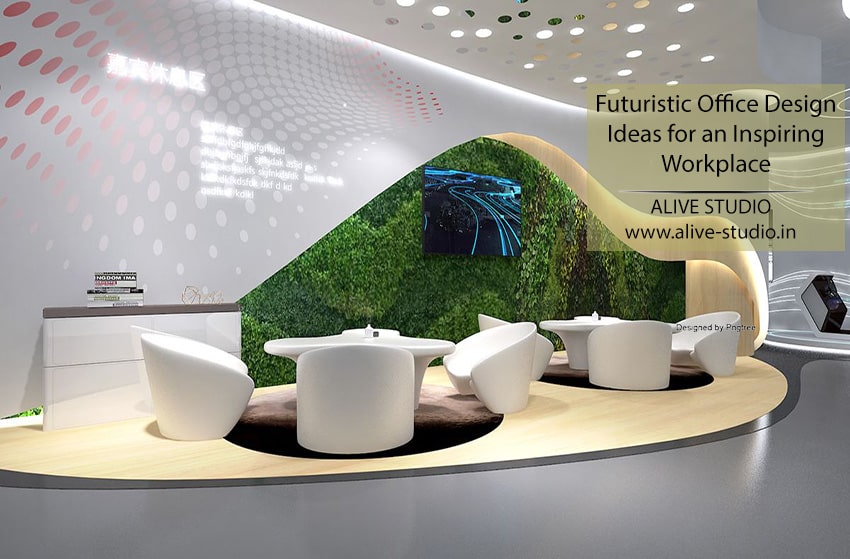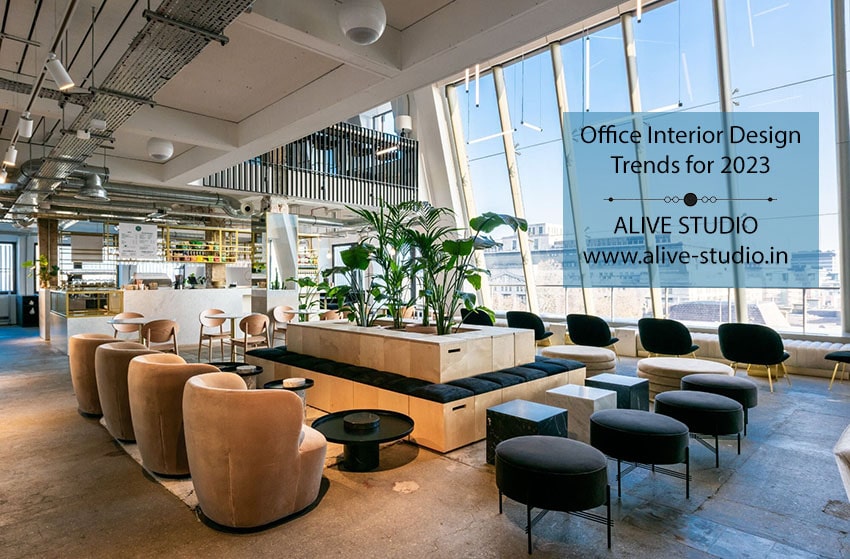
Interior design is the science of arranging the insides of your home, ideally in a way that best reflects your personality and your vision of the space. Interior design is far more than sprucing up the living room or adding a painting here and there; it is a play of various elements, of which the texture is an essential part.
A well-textured interior is a sight to behold and can create a sense of ease, calm, happiness, or any other combination of emotions you want to inspire. Thoughtful use of texture in interior design can create an environment you are most comfortable with, becoming an extension of your expression.
In this article, you’ll find out what texture means for interior design and how you can use it to affect the environment of your space.
What is Texture in terms of Interior Design?
You must have noticed people using different smartphones- covers walking around the market, in cafes, your workplace, or any other public space. If you notice closely, you’ll find that some covers are generic, ones you commonly see. You easily overlook these and simply move on with your day.
Similarly, some smartphone- covers attract you right away. You not only appreciate the design of these covers but also wonder about the individual using that cover. It creates interest and makes you infer the user’s personality (to some degree) from the object they use. You can say the same about people’s clothing, accessories, hairstyles (color), etc.
Texture, in the basic sense, is the surface quality of the objects making up the interior of your space. Texture in interior design helps the space owners create an environment that uniquely expresses their aesthetic taste.
Although it’s more complicated than choosing a cover for your smartphone, texturing your space in a similar sense lets you express your vision. The texture of your interior design is the look and feel of everything that comprises your room: the walls, the ceiling, the furniture, the rug, the decoratives, and so forth.
Why is texture important in interior design?
Texture adds flavor to your space and is used to reflect a particular theme. Texture is key to interior design. Interior design experts manipulate texture to create unique and impressive spaces for space owners.
Even if you simply stack up objects inside a room, you’ll get a clear texture; it might not be good, but it’s still there. There’s no interior without texture. However, with expert interior designing, you can use texture to produce mesmerizing aesthetic effects.
Each object has a unique texture. Different textures simulate different feelings in the observers. If you’ve ever been to an art gallery to experience an exhibition, you must have noticed that they design the entire space to convey the theme of the artist whose artworks are on display.
That is layering on the interior of the exhibition space to create an environment most conducive to the artist’s vision.
Interior designers understand the importance of texture in creating a space, and since using texture is more than simply decorating with accessories, involving an interior designer at the initial stages of space creation can help you set your unique tone. You can texture your space to be your perfect resting place, idea playroom, dining space, party lounge, and much more.
What are the different Textures in Interior Design?
Texture, in terms of interior- design, can be classified into two basic categories:
a.) Tactile Texture
b.) Visual Texture
Let’s explore each category a bit.
A. Tactile Texture

Tactile texture refers to the actual physical surface of the component. Whether the surface feels rough or smooth, or if it’s grainy or furry, and so forth. That is tactile texture, something you can see and physically experience and determine to be consistent with your sense of sight and touch.
For example, suppose you want contrast against your well-painted walls. An exposed brick-wall effect seems like a good option. One way to accomplish it is to leave one side of the brick- wall exposed. This wall will not be a mere effect; you will see and touch it to determine whether it is an exposed brick wall. It is an example of a tactile texture.
You can also see and touch a wood paneling and feel and see the stucco texture on the walls as grainy.
b. Visual texture
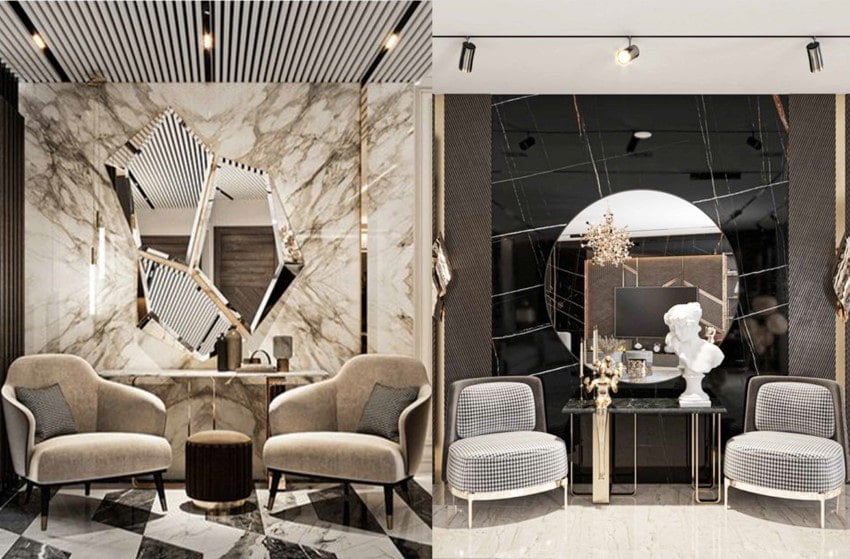
Visual textures, also known as simulated or illusory textures, impart a certain visual sense of surface while being different to touch. This type of texture comes in use while creating unique visuals. To achieve this texture, you can use color and pattern in a mindful way.
If we consider the previous case, if you don’t have an exposed brick wall left but still want to achieve that effect, you can use a wallpaper that simulates a similar effect while being a wallpaper. You will see and appreciate the texture, but it will not feel the same to touch.
Interior designers use both Tactile and Visual textures in contrast for achieving the desired effect in any space.
How can Texture be used?
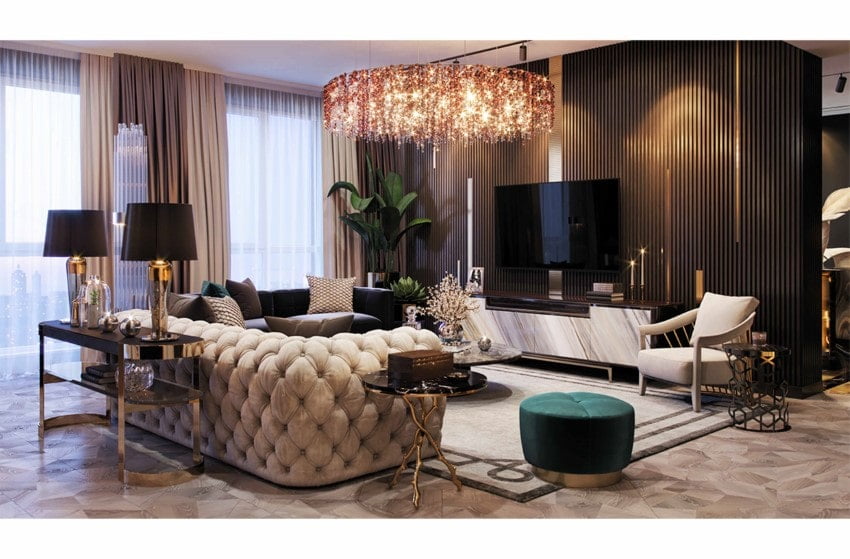
Since texturing is one of the crucial elements of interior design, it helps to be mindful of it from the beginning. The architectural elements, such as the walls, flooring, roof, etc., can be a good starting point to set the textural tone. From the material used during the construction, to coloring and addition of wallpapers, rugs, etc., your choices can set the tone in a unique way.
You can also achieve a desired textural feel for your space by using well-textured furniture, be it wooden or else. When you’re furnishing your space, you can also go custom if the available options do not satisfy you.
Playing with textiles can also add to the overall textural feel you’re trying to achieve. Anupam Singh, the principal interior designer at Alive Studio, a leading architectural and interior designing firm based in Gurgaon, says,” designing is rarely possible with ‘one size fits all’ furniture”. That applies to every aspect of your interior design. Depending on your vision and budget, you can make the choices that most fit your unique style.
There are also choices you can make with the space decorations. A special painting, flower-vase, fluffed toys, or you can also use various plants to set the ambiance and provide a particular textural feel.
The thing to keep in mind is to have an idea beforehand of what you’re trying to achieve, and then you can play with different choices. If you are not confident that you’re up for the task, you can always ask a trusted interior designer to help put it all together.
Ways to add texture to a room
There are many ways you can incorporate texture into a room. Let’s look at some of them:
1. Carpeting
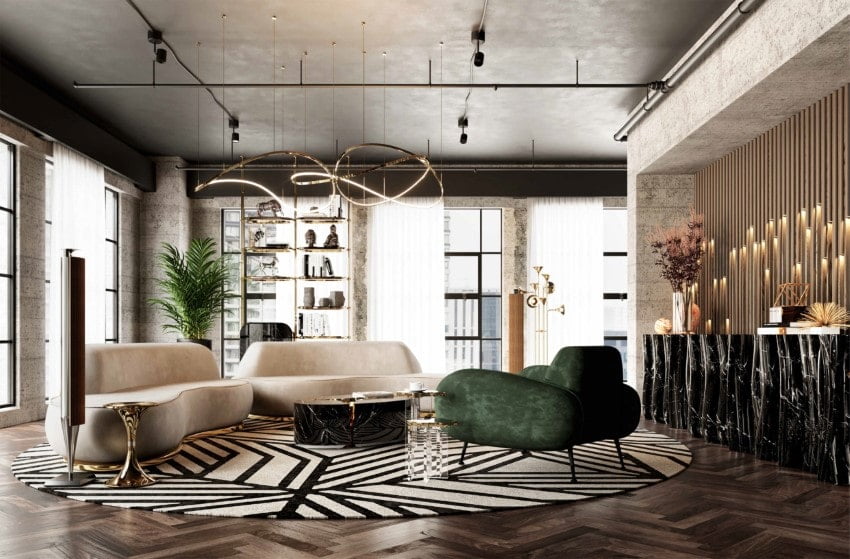
The floor is a good place to add to the overall texture. You can use a variety of rugs and carpets to impart your unique sense of texture to your space. If you have marble flooring, or wood paneling, adding a rug or a carpet can add to that texture and bring a different texture out.
2. Wallpapers
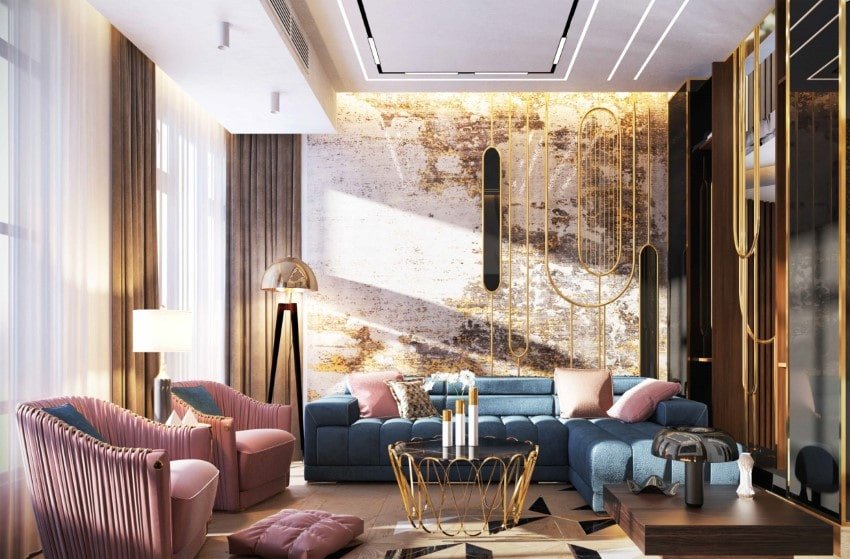
Wallpapers are also a great way to add to a room’s texture. There are several unique and innovative wallpapers available in the market. You can also consult an expert designer to find something that can be both unique and befitting to the overall feel you’re going for.
3. Adding Plants
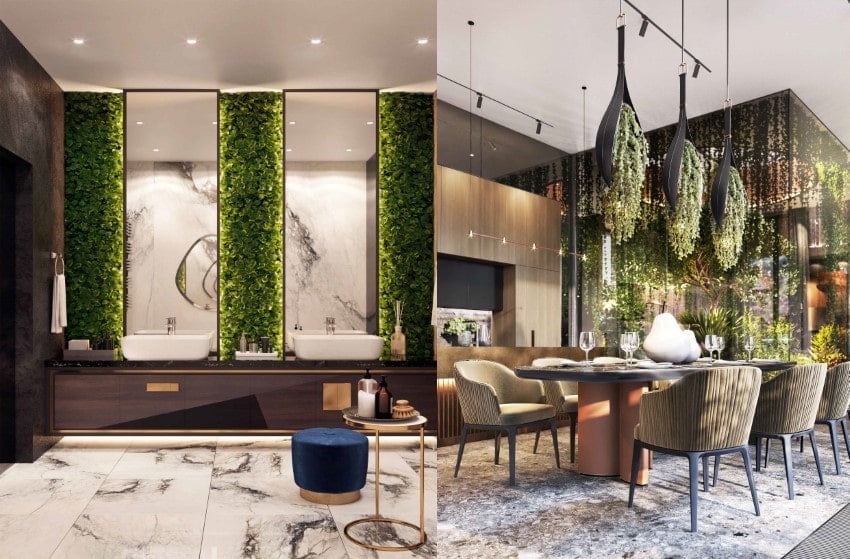
If you love natural feel to your space, adding plants can be a great way to add a bit of natural texture. They add color and life to the space, and if you find some unique way to contain and place them, you’ll be able to add more to the overall effect.
4. Custom Furnishing
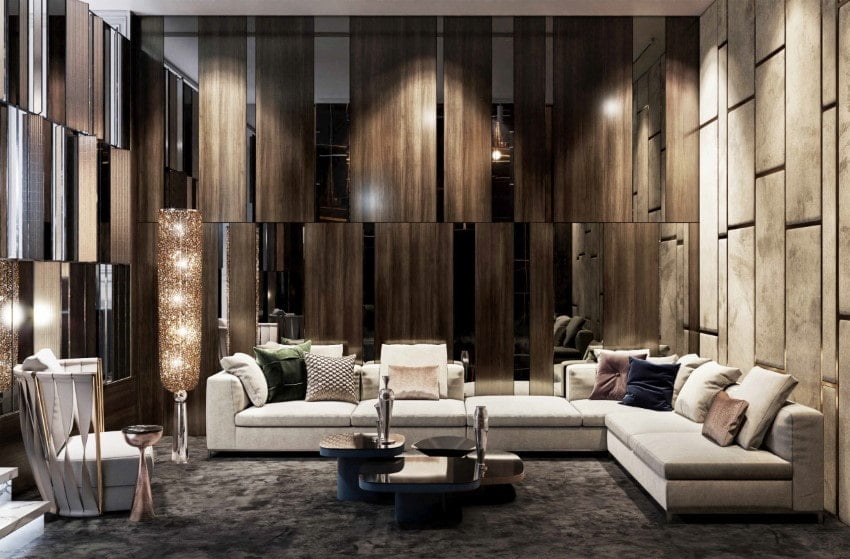
Furniture in your space is a great way to add texture. If you can find furniture that goes with your vision, you can use that. You can also go for custom furnishing and create the textured furniture you want in your ideal space.
Conclusion
Texture can add weight to any interior, and with strategic use of texture, interior designers can achieve a unique theme and create various focus points. By contrasting varying texture types, you can break the monotony of the space and bring a unique expression to it. Texturing is a crucial aspect of interior design, and you can use it to give a unique character to any space with its smart application.

